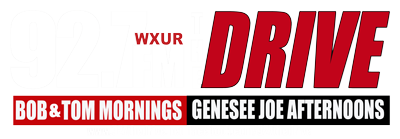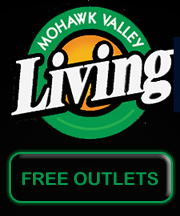Def Leppard gives fans a first taste of "Pyromania" 40th anniversary box set on Friday, March 1 by dropping "Photograph -- Rough Mix Version (Unfinished Vocal)" to all streaming platforms. It's one of 22 unreleased tracks -- demos, outtakes, other rough mixes and the outtake "No You Can't Do That" -- featured on the set's second disc, and as the title indicates it's an early version of Def Leppard's first hit single in the U.S. -- No. 1 on what's now known as the Mainstream Rock chart and No. 12 on the Billboard Hot 100. Guitarist Phil Collen tells us that it displays Def Leppard's working process as the group constructed tracks for "Pyromania" with producer Mutt Lange:
"There was different things, obviously different vocal takes and different mixes and, y'know, lots of stuff, But the one thing that we did do was we'd never write, 'Let's do 30 songs and choose the best 10.' It was always, 'Let's write 10 great songs, or 11 great songs,' and that would be it." :19
The Pyromania box set, which comes out April 26, includes re-mastered and Blu-ray versions of the album and two concert recordings, one from Los Angeles during September of 1983 and one from Germany in December of 1983.
Released during January of 1983 "Pyromania" was Def Leppard's third album. It reached No. 2 on the Billboard 200 and has been certified Diamond for sales of more than 10 million copies.
Def Leppard will be playing stadiums in North America this summer with Journey -- a repeat of the two bands' joint headlining tour in 2018 -- starting July 6 in St. Louis. Heart, Cheap Trick and the Steve Miller Band will switch off opening spots.
AUDIO:
DEF LEPPARD ON WRITING HIT SONGS

.png)





